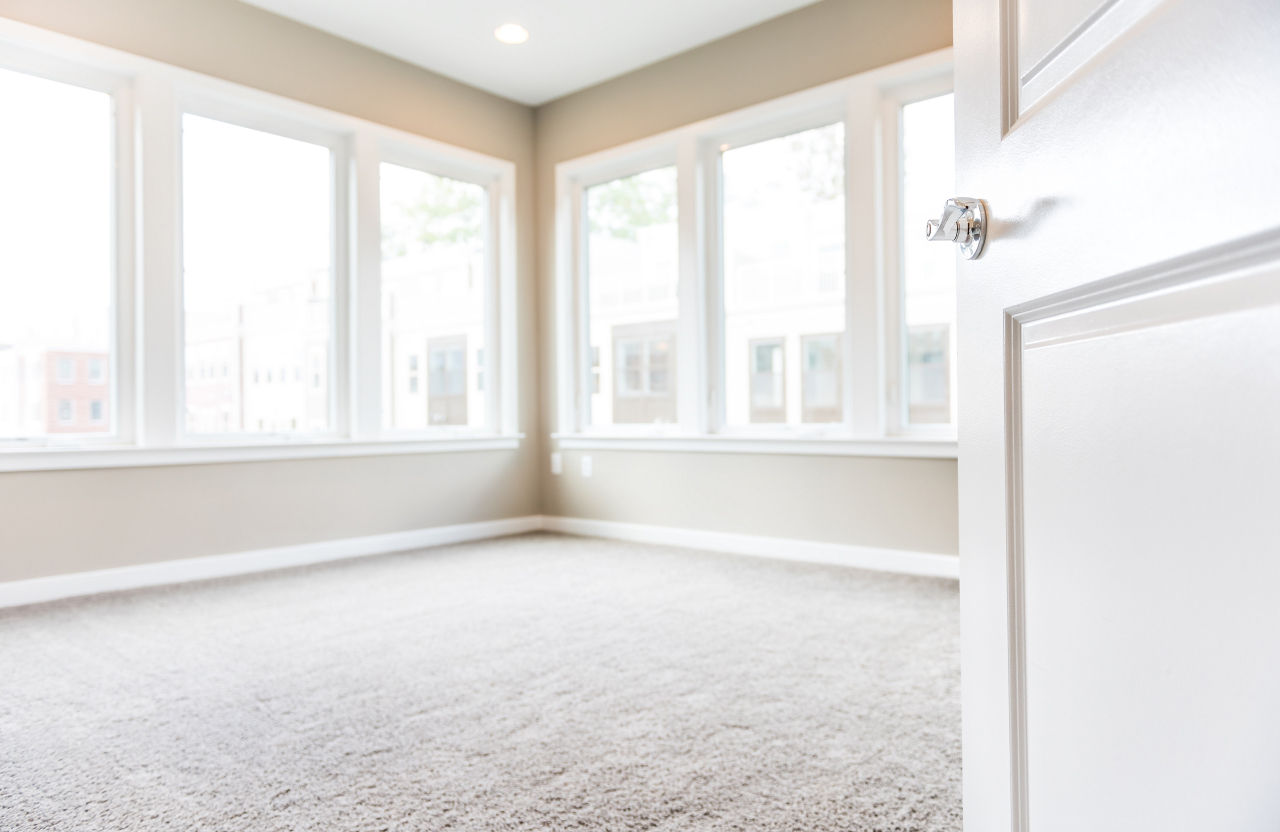Attention A T users. To access the menus on this page please perform the following steps.
1. Please switch auto forms mode to off.
2. Hit enter to expand a main menu option (Health, Benefits, etc).
3. To enter and activate the submenu links, hit the down arrow.
You will now be able to tab or arrow up or down through the submenu options to access/activate the submenu links.
Locator
Contact
Search
VA »
VA Homeless Programs
»
How VA’s Grant and Per Diem Program Reduces Long-Term Homelessness Among Veterans
VA Homeless Programs
How VA’s Grant and Per Diem Program Reduces Long-Term Homelessness Among Veterans

Chelsea Watson is the National Director for the Grant and Per Diem (GPD) Program
Posted June 10, 2022
Veterans once stationed in Japan may recall hearing the term “omakase” while dining at local restaurants. Rooted in the verb “to trust,” diners who order “omakase” leave their entrée to the chef’s discretion—trusting they are the experts on their ingredients and talents.
Within VA’s Grant and Per Diem Program (GPD), the concept behind “omakase” is central to reducing long-term homelessness among Veterans.
The GPD Program funds community agencies providing transitional housing and other services to Veterans experiencing or at imminent risk of homelessness. Much like chefs, GPD grantees know which ingredients—or program elements—mix and match to create a recipe for success.
Similarly, VA trusts that both grantees and Veterans participating in GPD are the experts on their own needs; GPD case managers help Veterans choose the path that best aligns with their goals. The synergistic relationship between GPD and Veterans has helped hundreds of thousands of Veterans exit homelessness since GPD’s 1994 pilot program.
While our nation—and the landscape shaping Veteran homelessness—has changed dramatically in the past 2 decades, GPD’s progress toward ending Veteran homelessness remains constant. The ingredients? These 3 foundational strategies:
1. Veterans are the experts.
When a Veteran enters a GPD program, their grantee case manager asks a crucial question: “What do you want?”
GPD believes that Veterans know which programs they will thrive in, and which approaches can best meet their needs. Additionally, while every Veteran who enters GPD seeks to exit homelessness, this goal can take many forms. Some Veterans wish to purchase a home while others prefer renting; Veterans may envision their future in their hometown or dream of moving across the country. No matter the Veteran’s goal, GPD grantee case managers support them with the tools they need to achieve stability and permanent housing.
When Veterans have control over their progress, they develop a greater sense of self-efficacy— the belief in their ability to achieve their goals. The self-efficacy Veterans build in GPD programs does not disappear once they are housed, but instead stays with them throughout all future challenges.
2. One size does not fit all.
VA recognizes that there is no one path to ending Veteran homelessness, as there is no one cause of homelessness. Instead, we must pave multiple pathways into services that can address individual needs—but we cannot do it alone. GPD grantee case managers connect Veterans to programs that can address their unique risk factors for homelessness.
Currently, GPD grantees offer six housing models:
- Clinical Treatment models provide Veterans with mental health and/or substance use recovery services while leveraging VA resources.
- Low Demand models accommodate chronically homeless Veterans whose needs have not been met by traditional housing programs.
- Hospital-to-Housing models connect Veterans with Homeless Patient Aligned Care Teams (H-PACTs) to provide a “medical home” tailored to the Veteran’s needs while helping the Veteran secure permanent housing. Recent research demonstrates that Veterans in Hospital-to-Housing models use less emergency medical care, use more primary care and report a greater sense of social connection.
- Bridge Housing models provide transitional housing for a short-term stay when a Veteran has already accepted a permanent housing intervention, such as a HUD-VASH permanent housing voucher.
- Service-Intensive Transitional Housing (SITH) models help Veterans stabilize and move into permanent housing as soon as possible. SITH models also help Veterans increase their income through identifying opportunities for employment and/or additional benefits.
- Transition-In-Place models provide time-limited services to Veterans in an apartment unit that eventually is intended to be their permanent housing.
Within each model, programs use a range of philosophies and strategies to meet the needs of their population. For example, many programs offer recreational therapy, which aims to improve the physical, cognitive, emotional, social and leisure needs of Veterans battling psychological and physical illnesses. One GPD participant said the recreational therapy they received was “the piece that gave me hope.”
3. Community is key.
GPD grantees have well-established partnerships within the community; their knowledge is critical to connecting Veterans with resources. From understanding the local housing network to knowing which community businesses prioritize hiring Veterans, grantees are the eyes and ears on the ground.
Additionally, Veterans describe the sense of community fostered between GPD participants as a fundamental source of support and motivation. Missing the camaraderie of the military is a common sentiment among Veterans. Yet, GPD participants often find that as they experience the challenges and triumphs of exiting homelessness alongside other Veterans, a familiar bond develops.
To learn more about the GPD Program, please visit https://www.va.gov/homeless/gpd.asp.
If you are or know a Veteran experiencing or at risk of homelessness, call the National Call Center for Homeless Veterans at 877-4AID-VET (877-424-3838) to get connected to resources. Veterans who are homeless or at risk of homelessness can also call or visit their local VA Medical Center (VAMC) and ask for a Homeless Coordinator. Use the VA locator tool www.va.gov/directory to find your nearest VAMC.
If you are a community organization with questions about the GPD Program, Ms. Watson and the GPD team may be reached at GPDgrants@va.gov.





























